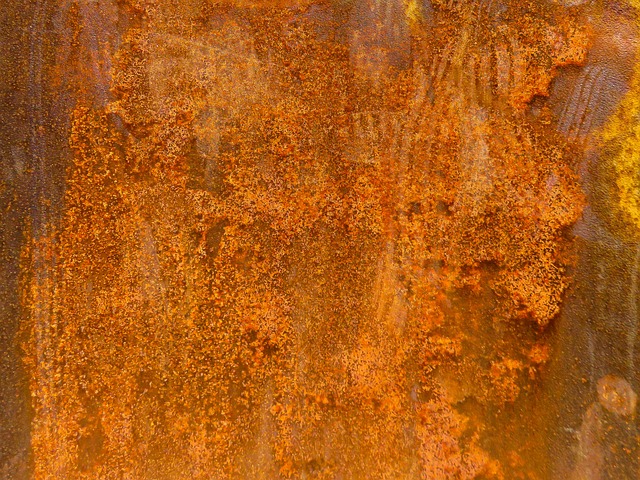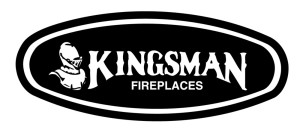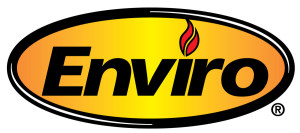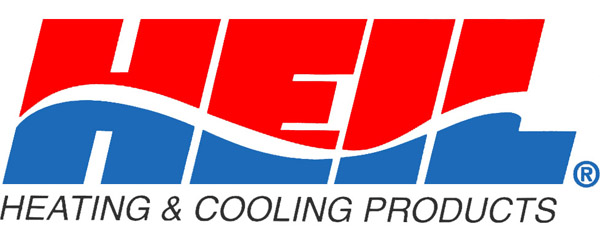Do I Really Need to Clean My Gas Fireplace?

Image by Sophie Janotta from Pixabay
It’s a good question. After all, your gas fireplace is a lot simpler than a wood-burning fireplace. No chopping, no carrying wood inside on a freezing day. No spiders in the woodpile. No ash. No hot coals to worry about. And best of all – no trouble starting the fire. Just flip a switch.
So there’s a lot to love about gas fireplaces, and it’s easy to get lulled into complacency and believe you don’t need to clean your gas fireplace either.
The truth is, you do need to clean it, just a lot less often than a wood-burning fireplace. The recommended frequency to clean and maintain a gas fireplace is once per year. If you want to use B&C Comfort and are in our service area (click here and scroll all the way to the end), we are regularly booked out several months in advance, so get on our schedule today.
Schedule my fireplace cleaning
Why You Need to Clean Your Gas Fireplace
But why must we clean our gas fireplaces if they burn so cleanly and make no visible mess?
Here’s the simple answer: all fire (combustion) produces waste products.
In general, the products of combustion are water vapor and carbon dioxide. But it’s not that simple. Water can react to metals and form rust, or combine with certain other chemicals to form corrosive acids, even very mild ones that take years to be noticed (see this article from the Chimney Safety Institute for more) Carbon dioxide is one of those chemicals – it can combine with water to produce carbonic acid. Your fireplace can also create other waste products such as carbon monoxide, which is a deadline odorless gas.

Image by Gerhard Gellinger from Pixabay
So regardless of what else might be crawling around in your chimney, venting system, and in the components of your fireplace, over time you will build up soot and other residues.
These residues will collect on the glass doors, the internal fireplace parts, the walls, the fake logs, and in the chimney/venting.
They will affect performance.
They will affect visibility.
They will affect safety.
Over time, an uncleaned gas fireplace will develop clogged or partially clogged gas lines and air passages. The motion of your fans will become inhibited. Small leaks can form.
Nothing works forever without ongoing maintenance. And let’s not forget, you are using this fireplace to burn a fire in your house. So, once a year, it’s a pretty smart move to make sure everything is cleaned and in working order.
Additional Gas Fireplace Maintenance Issues
Besides just the residues and soot collecting on everything, your annual fireplace cleaning is the perfect time to make sure everything else is working properly. Here are a few other items a professional can look at while they’re cleaning your fireplace.
- Check functionality of thermopile and thermocouple, as applicable
- Check that venting system is working properly (a major safety issue)
- Look for chipped or cracked glass doors
- Evaluate status of ceramic or faux logs – these too wear down over time
- Do a carbon monoxide test
It takes a trained eye to quickly evaluate the quality and functionality of these and other gas fireplace components.
But in addition to cleaning, it’s very important to keep your fireplace working in perfect shape. It maximizes your energy efficiency, maintains optimal safety, and keeps your fireplace looking great.
If you live in our service area (scroll to the end of this page to find out) and haven’t cleaned your fireplace in a long time (or ever), now’s a good time to get on our busy schedule.
Schedule your next fireplace cleaning











